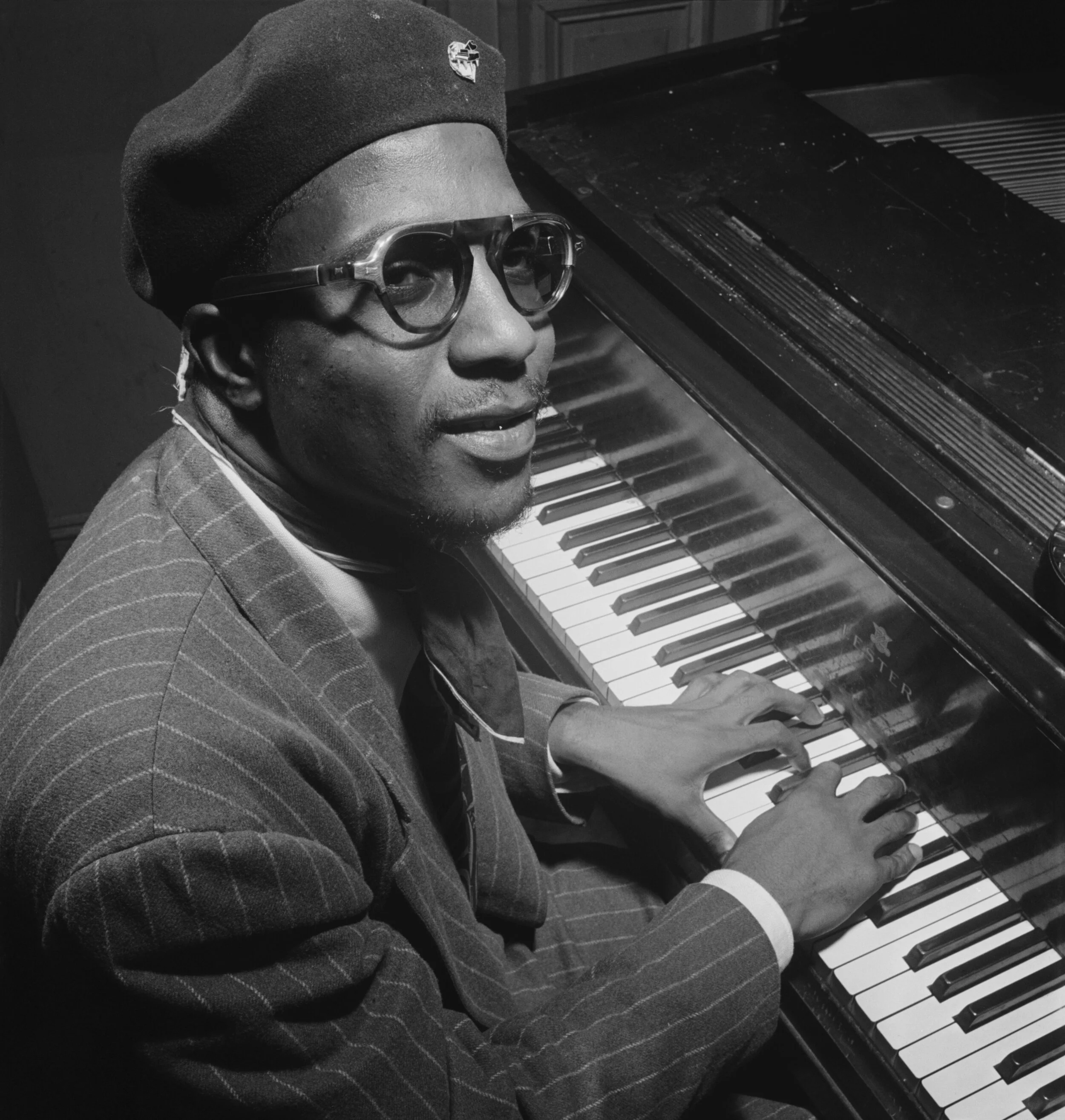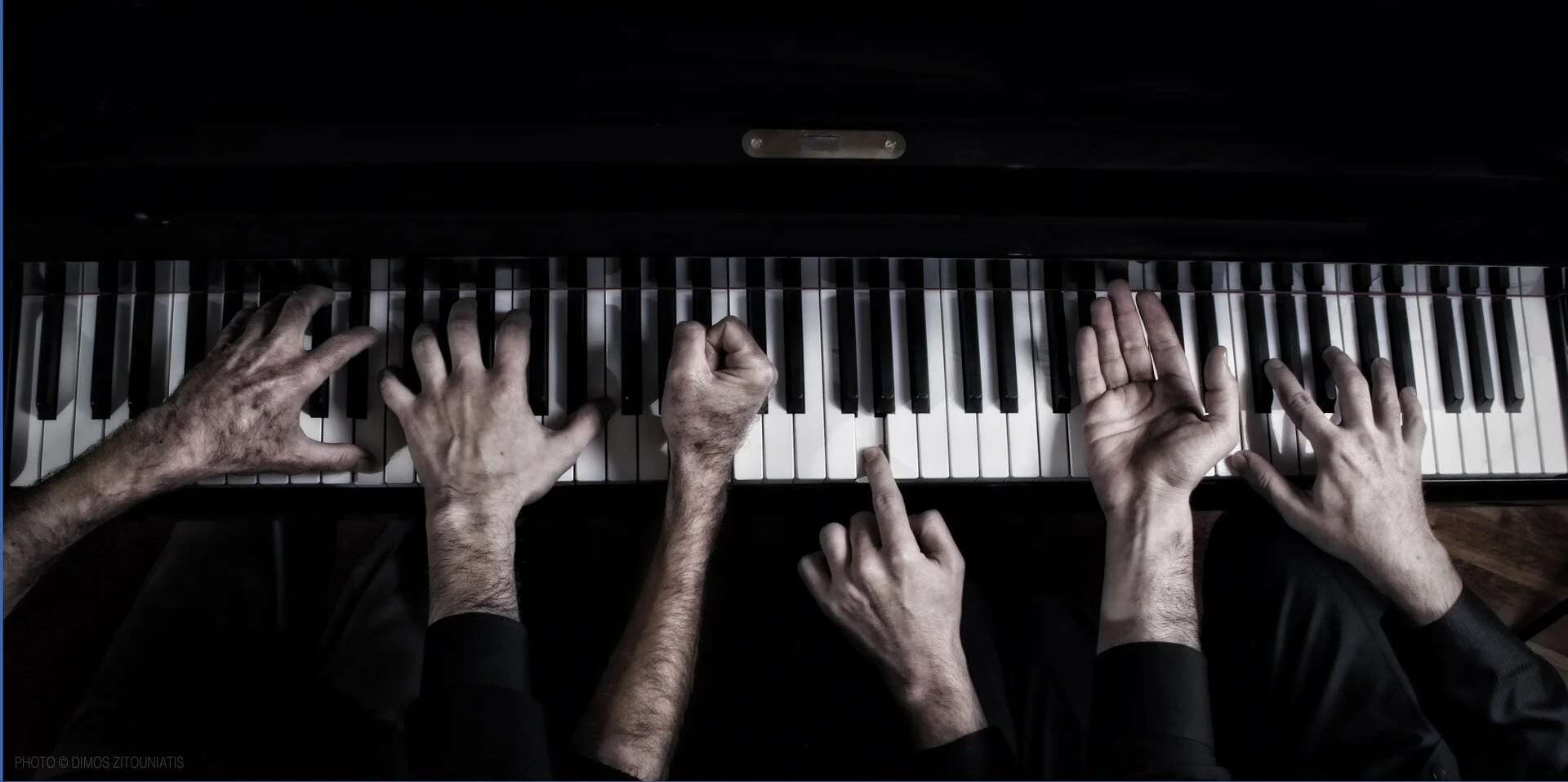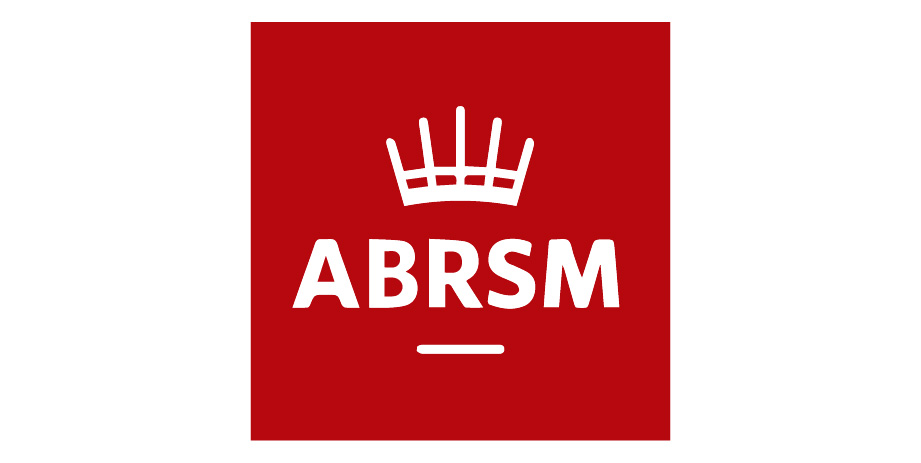What is exactly is meant when we talk about good musicianship? While your mind may jump to an image of a virtuoso pianist in mid-concert, it is not the playing of the instrument that makes a good musician. Rather, the skills that we come to rely on begin at a very early stage, ideally from the very first lesson.
The reason why it is important to consider what skills make us good musicians, is that it is entirely possible to pass a Grade 1-3 aural test without any wider understanding of how these tests fit into the music-making process. The world of aural is much deeper and richer than is suggested by the tests alone, and students who are unable to appreciate this will inevitably struggle when progressing to higher grades.
















